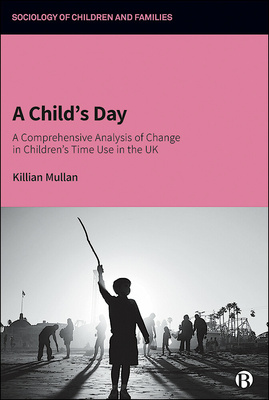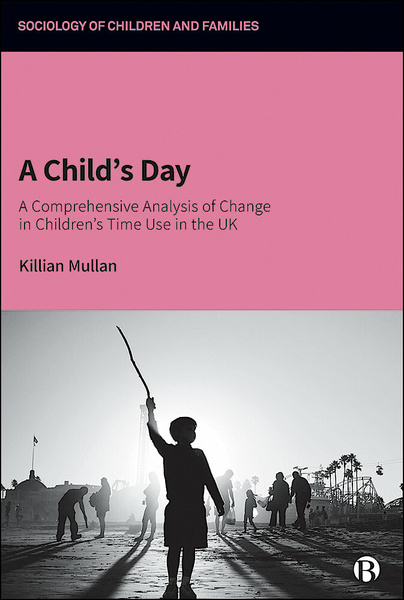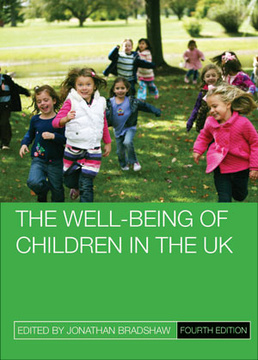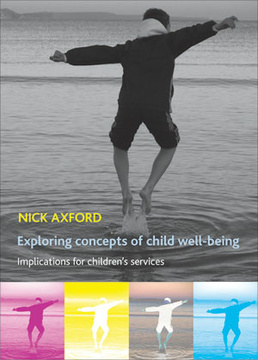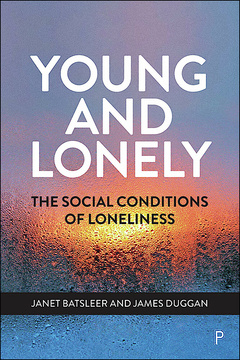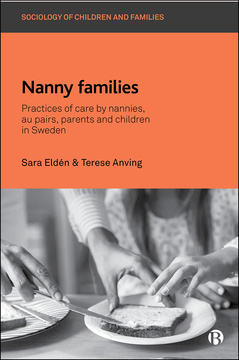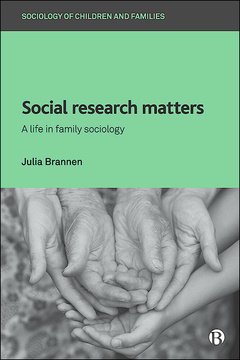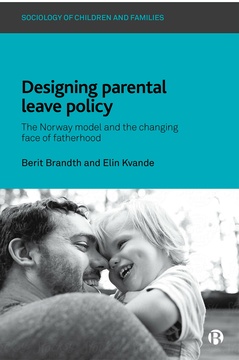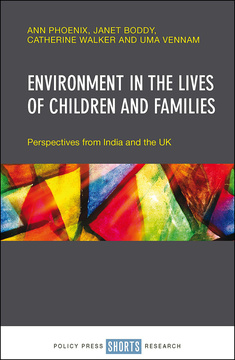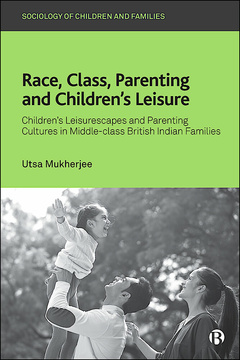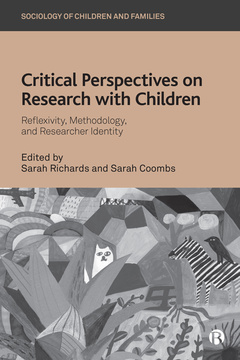ISBN
978-1529201703Dimensions
234 x 156 mmImprint
Bristol University PressISBN
978-1529201697Dimensions
234 x 156 mmImprint
Bristol University PressISBN
978-1529201727Imprint
Bristol University PressISBN
978-1529201727Imprint
Bristol University PressWe routinely judge how well children are doing in their lives by how they spend their time, yet we know remarkably little about it.
This rigorous review of four decades of data provides the clearest insights yet into the way children use their time. With analysis of changes in the time spent on family, education, culture and technology, as well as children’s own views on their habits, it provides a fascinating perspective on behaviour, wellbeing, social change and more.
This is an indispensable companion to the work of policy makers, academics and researchers, and anyone interested in the daily lives of children.
“Killian Mullan's book offers a comprehensive analysis of how children living in the UK spend their time… It tackles a topic of broad interest that was little studied in sociology or economics… [and] fills this gap, offering evidence on children's daily lives over the past four decades.” Children & Society
"A must-read empirical piece for anyone who wants to understand child well-being from the perspective of children’s time use in their everyday lives." Antonia Keung, University of York
“We adults judge how our children spend their time based on our own childhood. Yet childhood changed and it is consistently changing. The book before you is a very successful attempt to tackle this issue.’’ Asher Ben Arieh, Hebrew University of Jerusalem
"Children’s time use is much discussed, but surprisingly little-studied. This ground-breaking book fills this evidence gap, offering important new insights into UK children’s daily life over the last forty years." Lyn Craig, University of Melbourne
Killian Mullan is a lecturer in sociology and policy at Aston University, Birmingham. His work focuses on children and young people’s time use in cross-national and longitudinal perspectives.
Introduction
Time for Education and Culture
Time for Health
Time for Family
Time for Technology
How Children Feel About How They Spend Time
Conclusion







